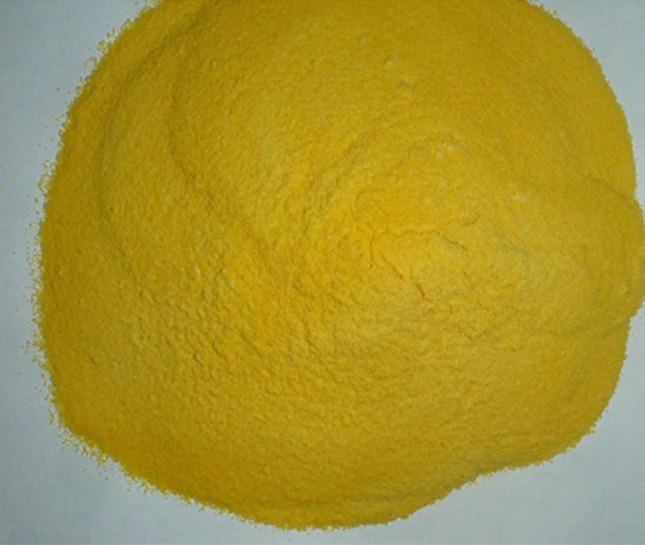polymaleic anhydride
The Versatile Applications of Polymaleic Anhydride
Polymaleic anhydride (PMA) is a synthetic polymer derived from maleic anhydride, a colorless and odorless organic compound primarily used in the production of various resins and coatings. As a versatile polymer, PMA has garnered the attention of researchers and industries for its unique properties and applications. This article delves into the characteristics, synthesis, and diverse uses of polymaleic anhydride in various fields.
Characteristics of Polymaleic Anhydride
PMA is known for its high reactivity and excellent thermal stability, making it an ideal candidate for various applications. The polymer structure allows for easy modification, which can enhance its properties to suit specific industrial needs. PMA typically exhibits a high glass transition temperature (Tg), which contributes to its stability in various environments, including those that require resistance to heat and chemical exposure.
One of the standout features of polymaleic anhydride is its ability to chelate metal ions. This property plays a significant role in its application as a scale inhibitor in water treatment processes. By binding with metal ions, PMA prevents the precipitation of scales like calcium carbonate, which can lead to clogging and inefficiencies in pipelines and water systems.
Synthesis of Polymaleic Anhydride
The synthesis of PMA starts with the polymerization of maleic anhydride. The process usually involves free radical polymerization, wherein initiators create reactive radicals that facilitate the reaction between maleic anhydride monomers. The result is a polymer with varying molecular weights, allowing for tailoring its properties according to the desired application. This versatility is crucial, as different applications may require distinct molecular weights and structural characteristics.
Adjusting the polymerization conditions, such as temperature, pressure, and the presence of solvents, can lead to various types of PMA, each with unique properties. Furthermore, various copolymers can be synthesized by combining maleic anhydride with other monomers, further expanding the range of properties and applications available with this polymer.
polymaleic anhydride

Applications in Water Treatment
One of the most significant applications of polymaleic anhydride is in water treatment. Its ability to inhibit scale formation is invaluable in industries that rely on water cooling and boiler systems. With PMA incorporated into water treatment formulations, companies can significantly reduce maintenance costs and improve operational efficiency by mitigating scale buildup. Additionally, PMA's role as a dispersant helps maintain the stability of suspensions, making it essential in various industrial processes.
Role in the Oil and Gas Industry
In the oil and gas sector, PMA serves as an important additive in drilling fluids and enhanced oil recovery (EOR) processes. Its compatibility with various mineral scales and its ability to prevent corrosion make it a valuable asset in maintaining the integrity of oil wells and pipelines. By controlling scale deposits and providing lubrication, PMA also contributes to more efficient extraction processes, ultimately improving yield rates and reducing operational downtime.
Applications in Pharmaceuticals and Cosmetics
Beyond industrial uses, polymaleic anhydride has found its way into pharmaceuticals and cosmetics. Its ability to encapsulate active ingredients makes it ideal for controlled release formulations. In cosmetics, PMA is utilized in products for its film-forming properties, enhancing the texture and performance of creams and lotions. By including PMA in formulations, manufacturers can provide prolonged product efficacy and improved user experience.
Conclusion
Polymaleic anhydride is a remarkable polymer with a wide range of applications across various industries, including water treatment, oil and gas, pharmaceuticals, and cosmetics. Its unique properties, such as metal ion chelation and thermal stability, make it a valuable component in many formulations. As research continues to explore new methods of synthesis and applications, the potential for polymaleic anhydride will likely expand, leading to innovative solutions in a multitude of fields. Its versatility and efficacy underscore its importance in contemporary industrial practices and consumer products alike, demonstrating that even simple chemical compounds can have a profound impact on our daily lives.
-
Pbtc Scale InhibitorPBTC: A Scale Protector for Industrial Water TreatmentNewsAug.05,2025
-
Organic Phosphonate: An Efficient Defender in the Field of Scale InhibitionNewsAug.05,2025
-
Hydrolyzed Polymaleic Anhydride: Green Pioneer in Scale Inhibition FieldNewsAug.05,2025
-
PAPEMP Polyamino Polyether Methylene Phosphonic Acid For SaleNewsAug.05,2025
-
Flocculant Water Treatment: A Pioneer in Purification in the Field of Water TreatmentNewsAug.05,2025
-
Benzyl Isothiazolinone: An Efficient and Broad-Spectrum Antibacterial Protective GuardNewsAug.05,2025





